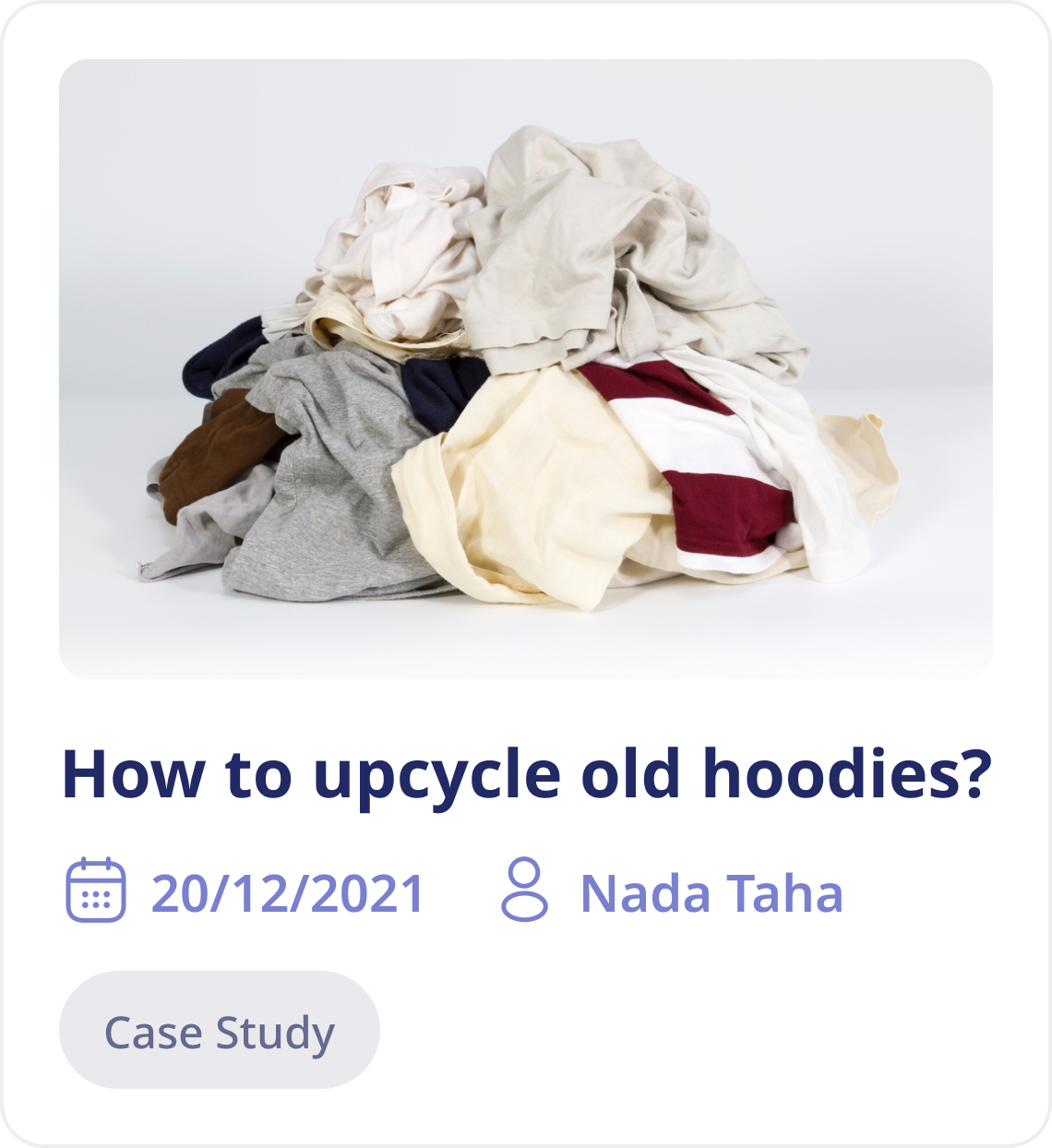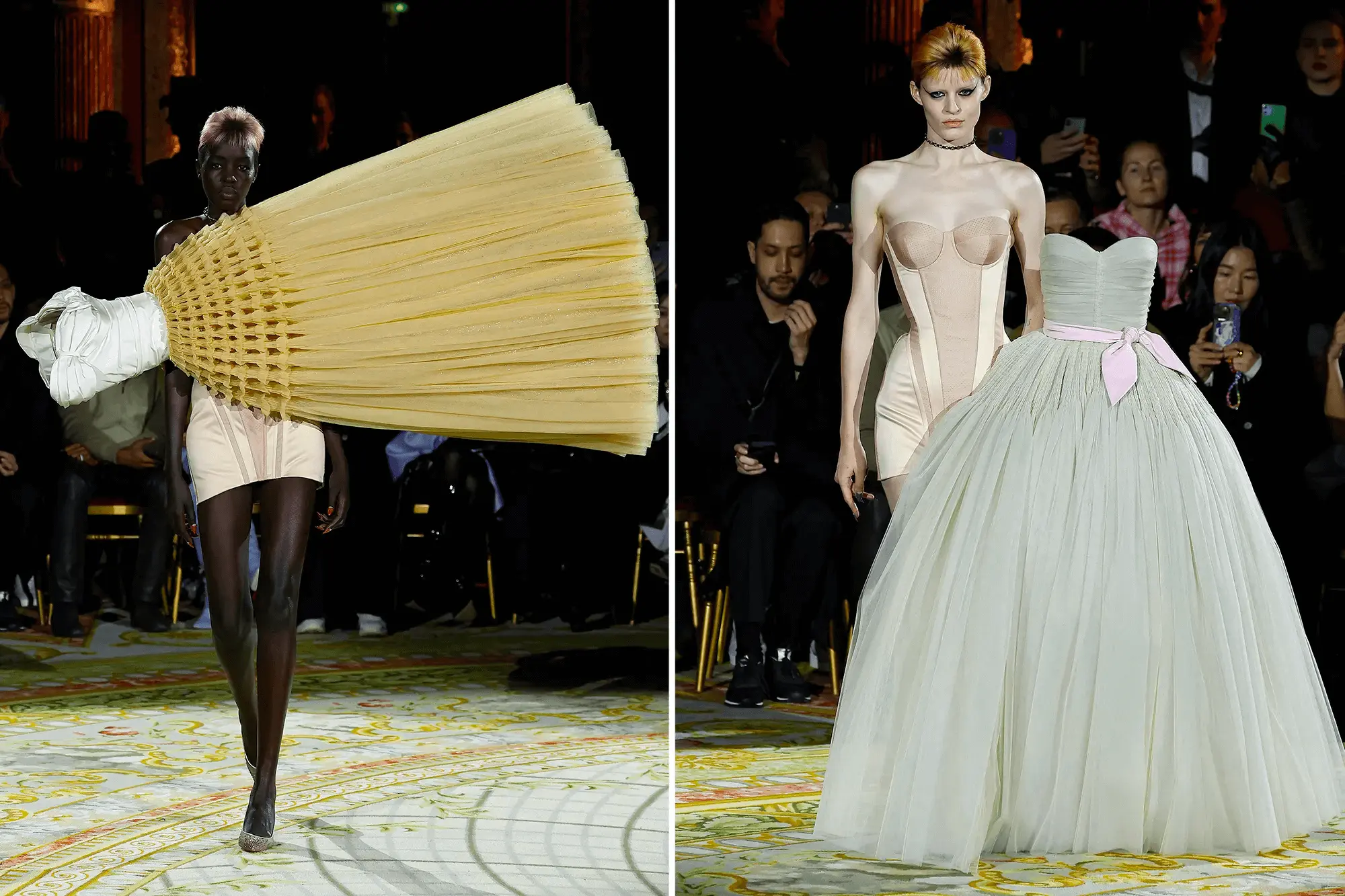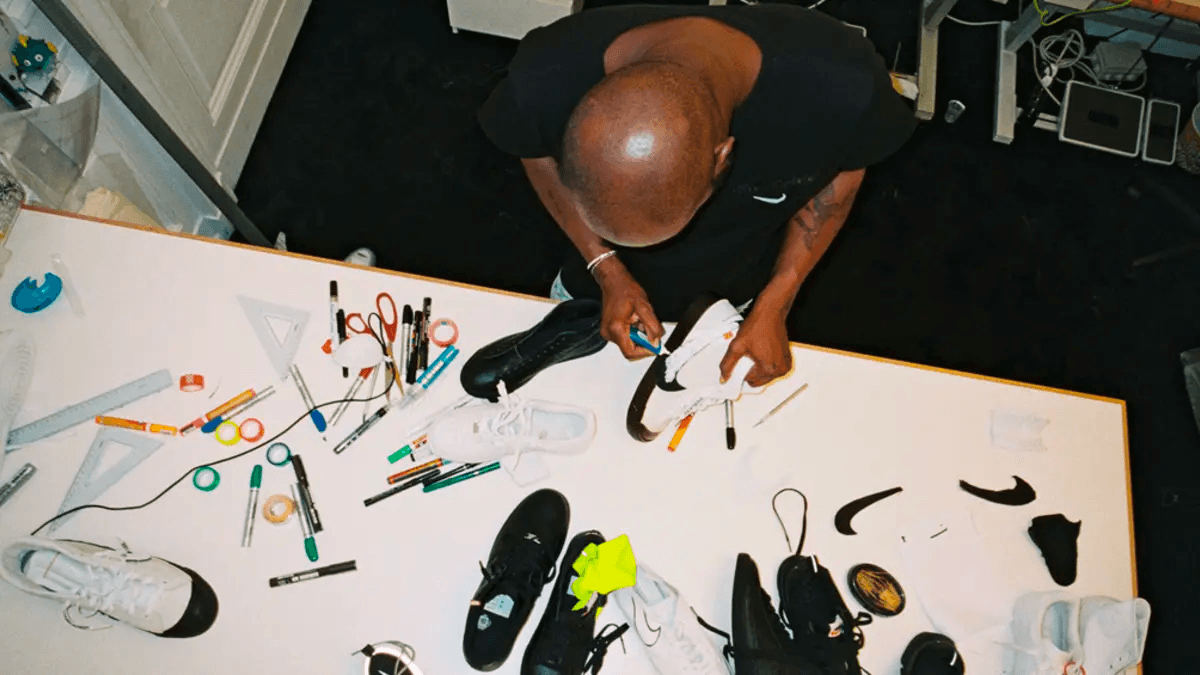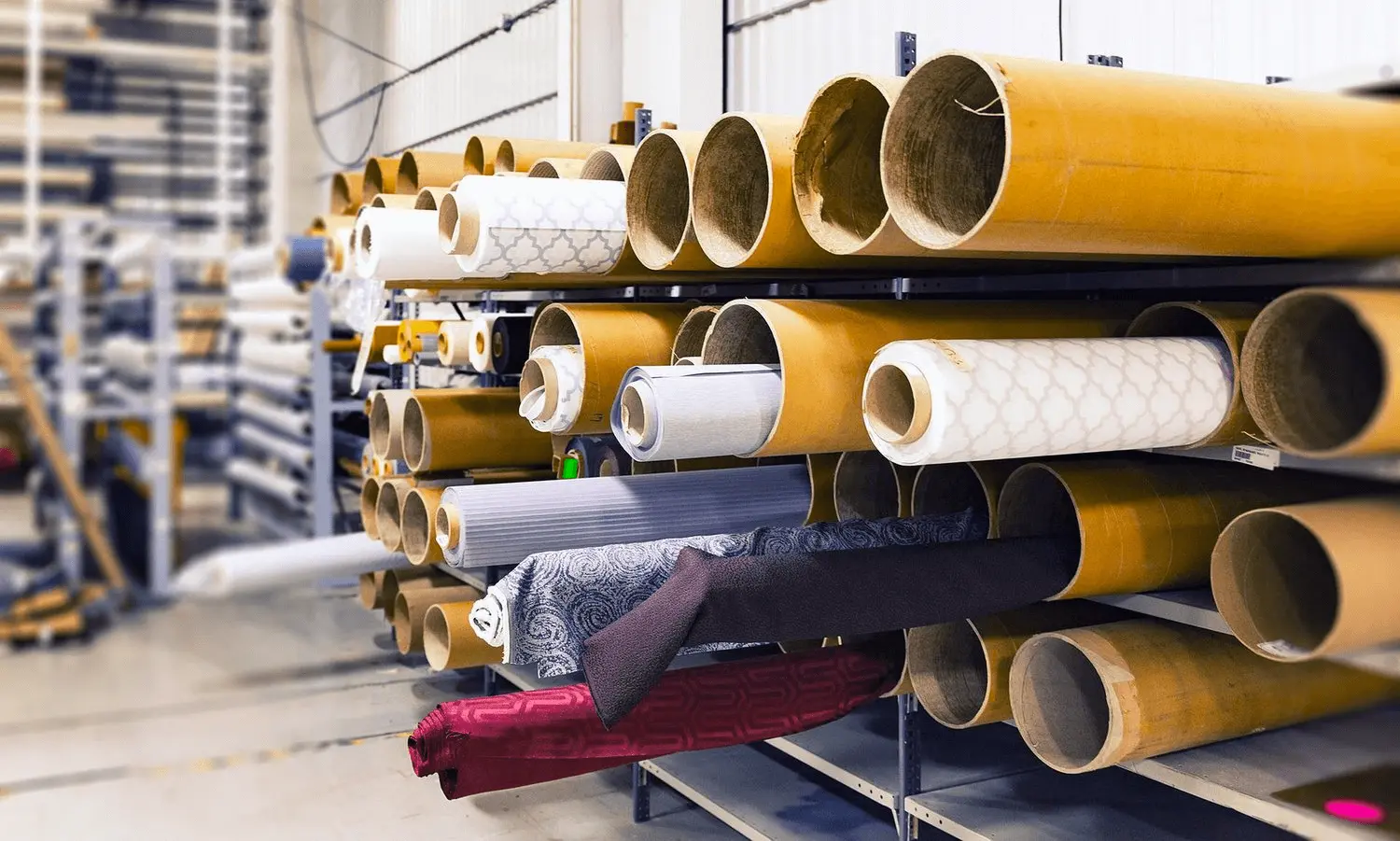
By Xavier Majdal . 25/07/2024
Production, Production, Production
Fashion production is a dazzling and essential aspect of the fashion world, and for young designers eager to make their mark, it is the driving force behind their success. In the past, fashion production was a laborious and time-consuming process, but with the evolution of technology and production methods, the industry has undergone a transformative metamorphosis. This article will showcase the glamour and sophistication of the fashion production industry, its current state, and what young designers need to know to sparkle and shine in this field.
The history of fashion production is a shimmering and magnificent story that dates back to the early days of the industrial revolution. Back then, fashion production was a slow and manual process, with clothes made by hand and taking months to complete. However, with the advent of the industrial revolution, production methods became more efficient, and clothing production was industrialized. This allowed designers to produce more clothes in less time, reaching a larger audience and making fashion accessible to the masses.
The history of fashion production is a shimmering and magnificent story that dates back to the early days of the industrial revolution. Back then, fashion production was a slow and manual process, with clothes made by hand and taking months to complete. However, with the advent of the industrial revolution, production methods became more efficient, and clothing production was industrialized. This allowed designers to produce more clothes in less time, reaching a larger audience and making fashion accessible to the masses.
For young designers, it is imperative to stay ahead of the curve and understand the current state of fashion production. One of the most important considerations is sustainability and ethical production. Today's consumers are more aware of the environmental impact of their clothing purchases and expect designers to be conscious of their impact as well. Young designers must be knowledgeable about the latest production methods that minimize waste and use sustainable materials, such as recycled and biodegradable materials, to create a more sustainable future for fashion.
In addition to sustainability, a strong supply chain is key to success in fashion production. A robust supply chain ensures that materials are sourced responsibly, that production is carried out smoothly, and that products reach the market on time. Young designers must cultivate strong relationships with suppliers and manufacturers to ensure that their production runs flawlessly and that their designs are made to the highest standards.
In conclusion, the fashion production industry has undergone a dazzling evolution, and young designers have a unique opportunity to add their own glamour and flair. With the right knowledge, skills, and approach, young designers can succeed in this field and make a lasting impact on the fashion world. Whether they're focused on sustainability, innovation, or quality, the key to success is always production, production, production.
Read Article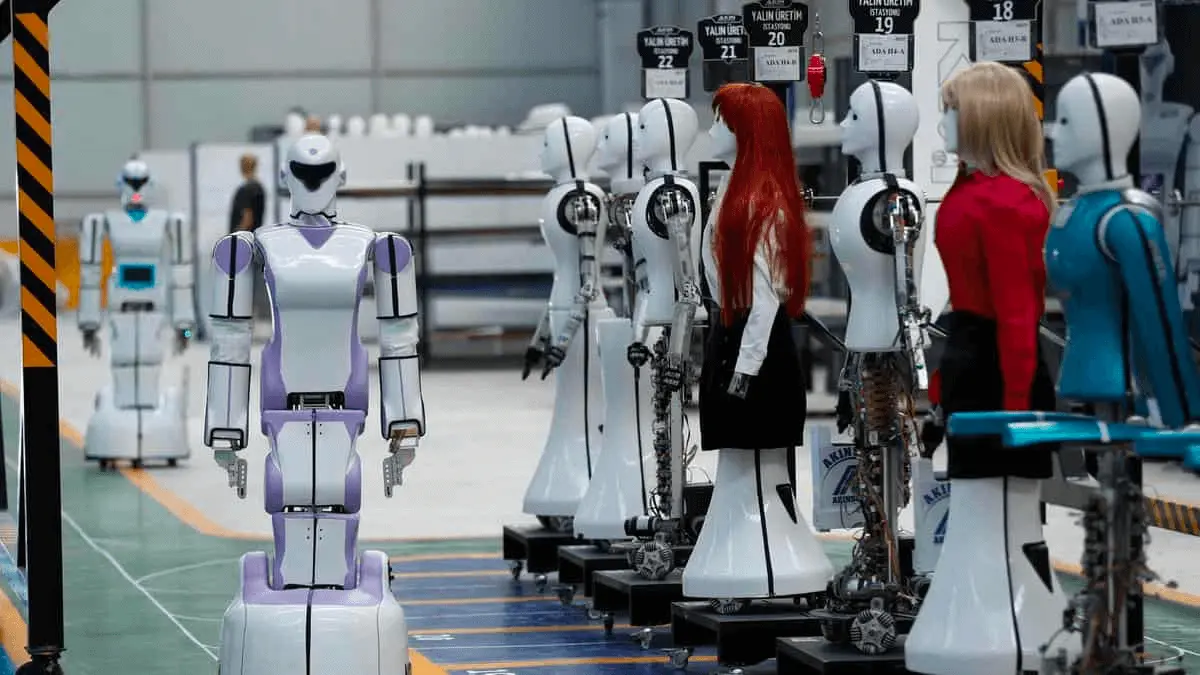
By Xavier Majdal . 25/07/2024
Markets are changing
Fashion is one of the most dynamic and constantly evolving industries in the world. The fashion market has undergone significant changes in recent years, and these changes are shaping the way we shop and consume fashion. One of the most significant changes is the rise of custom made fashion, which is rapidly gaining popularity among consumers.
Traditionally, the fashion industry has been characterized by mass production and standardized sizing. However, this is changing as consumers are becoming more aware of the need for clothing that fits their unique bodies and styles. Custom made fashion offers a solution to this problem by allowing consumers to have their clothing made specifically for them. This results in a perfect fit, which is not possible with off-the-rack clothing.
One of the most significant changes in the fashion world is the increasing popularity of sustainable and ethical fashion. Consumers are becoming more conscious of the impact their fashion choices have on the environment and are seeking out brands that prioritize sustainability and ethical production processes. This shift has resulted in the rise of eco-friendly materials such as organic cotton, recycled polyester, as well as new production methods such as closed-loop recycling. As a result, fashion brands that focus on sustainability and ethics are becoming more sought after, while those that ignore these issues are losing market share.
Another significant change in the fashion world is the increasing importance of technology in the industry. From the use of 3D printing to create prototypes, to the integration of artificial intelligence and machine learning in the design and production processes, technology is transforming the way fashion is created and sold. Brands that embrace technology are gaining a competitive advantage by offering innovative products, improving production efficiency, and delivering a better customer experience.
Read Article
By Xavier Majdal . 25/07/2024
Cut the unfair supply chain
The fashion industry has long been criticized for its unfair and unsustainable supply chain practices. From labor exploitation to environmental damage, the industry's supply chain has a significant impact on both people and the planet. However, there is hope for change, and technology is leading the way.
Supply chains in the fashion industry are often long and complex, with multiple intermediaries between the producer and the consumer. These intermediaries can include raw material suppliers, manufacturers, distributors, and retailers, each taking a cut of the profits along the way. Unfortunately, this structure can lead to a range of unfair practices, including labor exploitation, environmental damage, and unethical sourcing.
One of the biggest challenges facing the fashion industry is the prevalence of fast fashion. Fast fashion refers to the rapid production and consumption of low-cost clothing items, often designed to be worn only a few times before being discarded. This business model places a huge burden on the environment, as it requires vast amounts of resources to produce and dispose of these items.
Another major issue in the fashion industry is labor exploitation. Many of the workers involved in the production of clothing, particularly in developing countries, are paid very low wages and work in poor conditions. This can include long working hours, exposure to hazardous materials, and a lack of job security.
To cut the unfair supply chain in the fashion industry, it is essential to shift towards more sustainable and ethical practices. This includes a focus on reducing waste and promoting circularity, as well as improving working conditions and ensuring fair wages for all workers involved in the supply chain.
One approach to improving the sustainability of the fashion industry is to invest in more eco-friendly materials and production methods. This could involve using recycled materials, minimizing water and energy usage, and reducing the overall carbon footprint of the industry.
Another key strategy is to promote greater transparency and accountability throughout the supply chain. This means ensuring that workers are treated fairly and that the environmental impact of clothing production is minimized. It also involves taking steps to reduce waste and encourage circularity, such as through clothing rental and resale programs.
One approach to reducing waste and improving sustainability in the fashion industry is through production on demand. This involves only producing clothing items once they have been ordered by a customer, rather than producing large quantities in advance. Production on demand helps to minimize overproduction and excess inventory, which in turn reduces waste and the environmental impact of the fashion industry. Additionally, this approach can help to reduce the cost of unsold inventory and minimize the need for clearance sales, which can further reduce waste and improve profitability. By implementing production on demand, the fashion industry can move towards a more sustainable and responsible model that benefits both the environment and the bottom line.
Ultimately, cutting the unfair supply chain in the fashion industry requires a collective effort from all stakeholders involved. This includes producers, retailers, consumers, and policymakers, all of whom have a role to play in promoting more sustainable and ethical practices. Wearby is doing its part by paying makers fair wages and providing designers with a tool that enables them to create items on demand.
By working together, we can create a fashion industry that is both profitable and socially responsible, and that prioritizes the well-being of both workers and the planet.
Read Article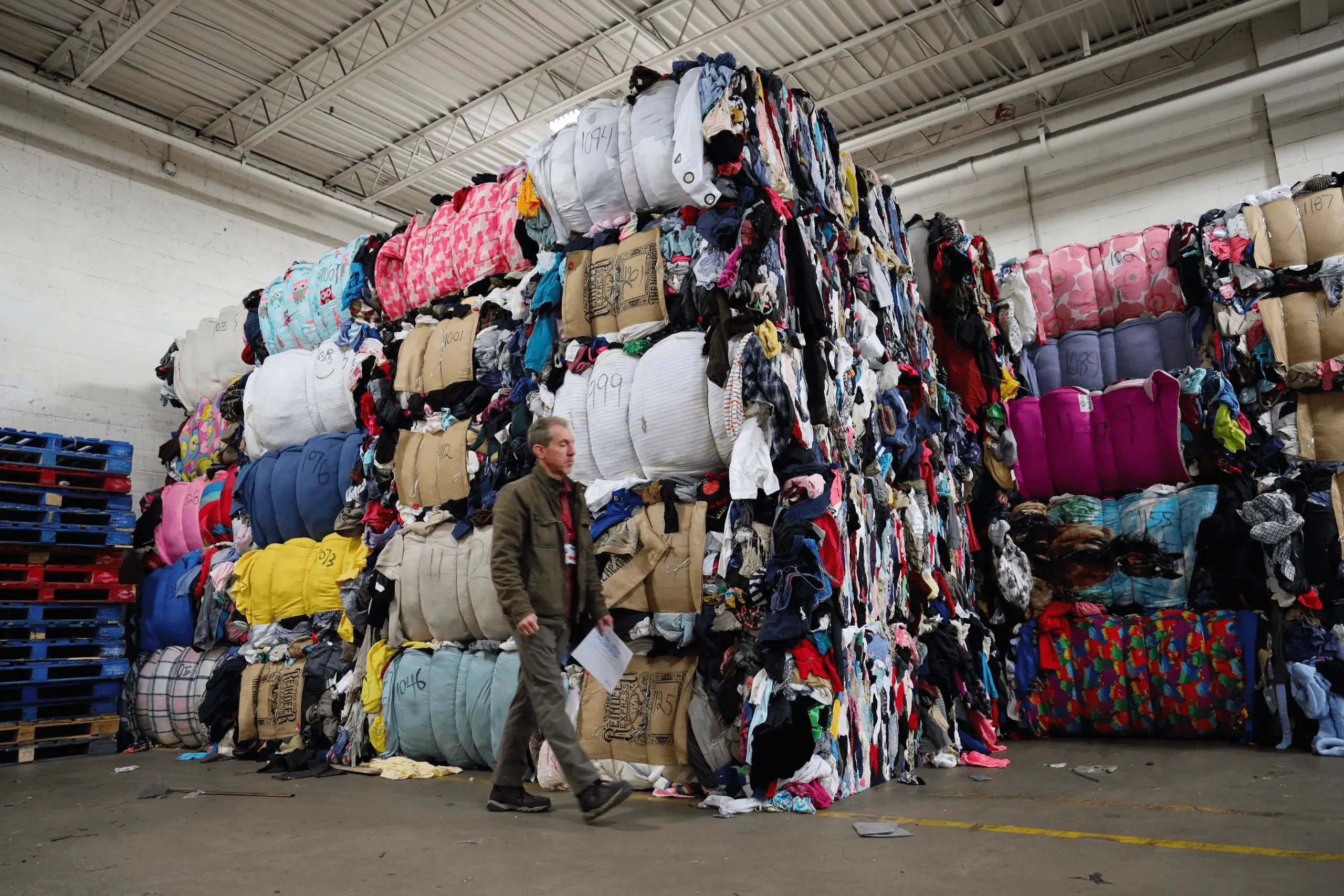
By Xavier Majdal . 25/07/2024
Fast Fashion Evil Empire
Fast fashion is a term used to describe the rapid and inexpensive production of clothing items that are designed to quickly follow the latest trends. While fast fashion may seem harmless, it has become an industry that is synonymous with environmental degradation and worker exploitation.
The fast fashion industry has grown exponentially over the last few decades, with companies such as Zara, H&M, and Forever 21 leading the way. These companies offer a wide range of clothing items at incredibly low prices, making it easy for consumers to stay on trend without breaking the bank.
However, the low prices of fast fashion items are only made possible through the exploitation of workers and the environment. Fast fashion companies rely on cheap labor from developing countries, where workers are paid low wages and often forced to work in unsafe and unhealthy conditions. This results in a system of modern-day slavery, with workers forced to work long hours for little pay, without any access to basic human rights.
The fast fashion industry also has a significant environmental impact, with the production of clothing items using vast amounts of resources and contributing to pollution and waste. The industry is responsible for a significant amount of greenhouse gas emissions, with the production of cotton and the use of synthetic fibers being major contributors to the problem.
Fast fashion has also led to a culture of disposable fashion, where clothing items are quickly discarded after only a few wears, contributing to the growing problem of textile waste. This has a devastating impact on the environment, with clothing items taking hundreds of years to break down in landfills, releasing harmful chemicals into the soil and water.
The fast fashion industry has become an evil empire, with companies putting profits ahead of people and the planet. It is essential that we recognize the impact of fast fashion on workers, the environment, and our own lives, and make a conscious effort to choose sustainable and ethical clothing options.
We can all play a role in ending the fast fashion industry by choosing to buy from ethical and sustainable clothing brands, supporting clothing rental services, and making a commitment to reducing our own consumption of clothing items. By taking action, we can help to create a more sustainable and just fashion industry that benefits everyone, not just the profits of a few corporations.
Read Article
By Xavier Majdal . 25/07/2024
Connect to your Roots
Fashion is not just about following trends or wearing the latest styles. It is also about connecting with your roots and embracing your cultural heritage. For many people, fashion is a way to express their identity and showcase their unique personality. And what better way to do that than by incorporating elements of your cultural heritage into your wardrobe?
Connecting to your roots through fashion is not just about wearing traditional clothing or accessories. It's about understanding the history and significance behind these pieces and using them as a way to honor your ancestors and heritage. It's about embracing the traditions and customs that have been passed down from generation to generation.
Fashion can be a powerful tool for connecting with your roots and celebrating your culture. By incorporating traditional elements into your wardrobe, you are not only paying homage to your heritage, but you are also sharing your culture with others. You are showcasing the beauty and richness of your traditions, and helping to keep them alive for future generations.
There are so many ways to connect to your roots through fashion. You can wear traditional clothing or accessories, incorporate traditional patterns or colors into your outfits, or even just wear a piece of jewelry that has cultural significance. Whatever you choose, it's important to do so with pride and confidence. Embracing your cultural heritage can be empowering and inspiring, and it can help you feel more connected to your roots.
In today's fast-paced world, it's easy to lose touch with our cultural roots. But fashion can be a way to reconnect with our heritage and celebrate the traditions that make us who we are. By incorporating elements of our cultural heritage into our wardrobe, we can honor our ancestors and keep our traditions alive for generations to come.
So go ahead and embrace your roots with fashion. Whether it's a traditional garment, a piece of jewelry, or even just a pop of color, let your culture shine through in your wardrobe. By doing so, you are not only connecting with your roots, but you are also helping to preserve your culture for the future.
Read Article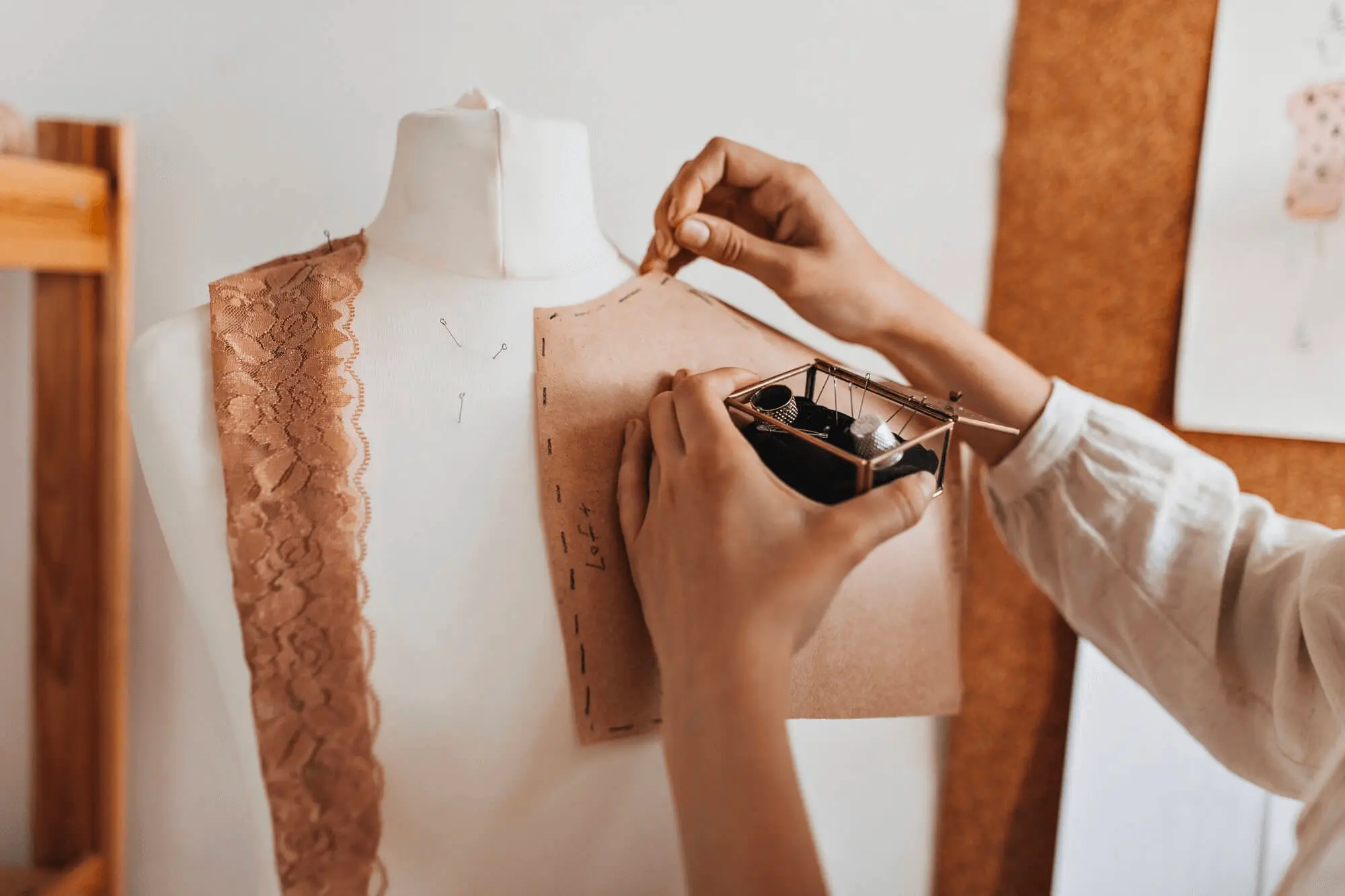
By Xavier Majdal . 25/07/2024
Map of Markers in the World
The fashion industry is a diverse and dynamic field that is spread across the globe. Each fashion capital has its unique fashion style, history, and fashion designers who have left their marks on the industry. Here is a brief overview of some of the most prominent fashion capitals and their fashion styles:
New York City, United States: The fashion industry in New York City is one of the most prominent in the world, with a long history of fashion innovation and home to many of the most famous fashion brands.
Paris, France: Paris is widely considered the fashion capital of the world, with a long history of fashion design and a strong focus on haute couture.
Milan, Italy: Milan is home to many of the most famous fashion brands in the world, including Gucci, Prada, and Armani.
London, United Kingdom: London is known for its avant-garde fashion and experimental design, with a strong focus on young and emerging designers.
Tokyo, Japan: Tokyo is a hub of cutting-edge fashion, with a unique blend of traditional Japanese design and modern streetwear.
Seoul, South Korea: Seoul has quickly become one of the most important fashion destinations in Asia, with a focus on K-fashion and its own unique style.
Shanghai, China: Shanghai is a rising fashion capital in Asia, with a focus on high-end luxury brands and avant-garde fashion design.
Mumbai, India: Mumbai is a hub of traditional Indian fashion, with a focus on colorful and intricate textiles and designs.
Sao Paulo, Brazil: Sao Paulo is one of the most important fashion destinations in South America, with a strong focus on streetwear and casual fashion.
Sydney, Australia: Sydney is home to a growing fashion industry, with a focus on sustainable and ethical fashion production.

Production, Production, Production
Fashion production is a dazzling and essential aspect of the fashion world, and for young designers eager to make their mark, it is the driving force behind their success. In the past, fashion production was a laborious and time-consuming process, but with the evolution of technology and production methods, the industry has undergone a transformative metamorphosis. This article will showcase the glamour and sophistication of the fashion production industry, its current state, and what young designers need to know to sparkle and shine in this field.
The history of fashion production is a shimmering and magnificent story that dates back to the early days of the industrial revolution. Back then, fashion production was a slow and manual process, with clothes made by hand and taking months to complete. However, with the advent of the industrial revolution, production methods became more efficient, and clothing production was industrialized. This allowed designers to produce more clothes in less time, reaching a larger audience and making fashion accessible to the masses.
The history of fashion production is a shimmering and magnificent story that dates back to the early days of the industrial revolution. Back then, fashion production was a slow and manual process, with clothes made by hand and taking months to complete. However, with the advent of the industrial revolution, production methods became more efficient, and clothing production was industrialized. This allowed designers to produce more clothes in less time, reaching a larger audience and making fashion accessible to the masses.
For young designers, it is imperative to stay ahead of the curve and understand the current state of fashion production. One of the most important considerations is sustainability and ethical production. Today's consumers are more aware of the environmental impact of their clothing purchases and expect designers to be conscious of their impact as well. Young designers must be knowledgeable about the latest production methods that minimize waste and use sustainable materials, such as recycled and biodegradable materials, to create a more sustainable future for fashion.
In addition to sustainability, a strong supply chain is key to success in fashion production. A robust supply chain ensures that materials are sourced responsibly, that production is carried out smoothly, and that products reach the market on time. Young designers must cultivate strong relationships with suppliers and manufacturers to ensure that their production runs flawlessly and that their designs are made to the highest standards.
In conclusion, the fashion production industry has undergone a dazzling evolution, and young designers have a unique opportunity to add their own glamour and flair. With the right knowledge, skills, and approach, young designers can succeed in this field and make a lasting impact on the fashion world. Whether they're focused on sustainability, innovation, or quality, the key to success is always production, production, production.

Fair Sewing
Fair Sewing: The Power of Small Actions in the Fashion World"
It is a well-known fact that the fashion industry is one of the largest employers in the world, with millions of people working in garment factories and sweatshops to produce the clothes we wear every day. But while the industry generates huge profits, the workers who make these clothes often receive wages that are barely enough to live on, and they work in conditions that are often hazardous to their health.
This is where fair sewing comes in. Fair sewing is a movement that seeks to improve the lives of garment workers by ensuring that they receive fair wages, safe working conditions, and basic human rights. It is a way of ensuring that the people who make our clothes are treated with dignity and respect.
The power of fair sewing lies in its simplicity. It may seem like a small action, but its impact is significant. When workers are treated with dignity and respect, it can lead to positive change throughout the entire industry. This is where companies like Wearby play a crucial role in driving the fair sewing movement forward.
Wearby, and other similar businesses, prioritize ethical and sustainable practices in their supply chain, from sourcing materials to manufacturing the final product. By doing so, they help to ensure that the workers who make our clothes are treated fairly and receive fair wages for their labor. By supporting these businesses, we can help to create a more just and equitable fashion industry.
In conclusion, fair sewing is an important movement in the fashion industry, and it is making a real difference in the lives of garment workers. By choosing to support companies like Wearby that prioritize fair sewing, we can help to create a better and more equitable world for all.
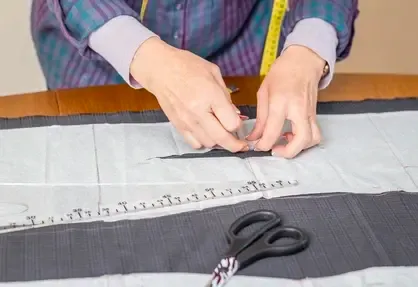
Wear Your Story
Clothing is more than just a way to cover your body; it's a way to express yourself and tell your story. It's a way to showcase your personality, style, and preferences, which is why many people choose to wear custom-made clothes. It's unique, fits you perfectly, and reflects your individuality.
With it being made to measure, taking into consideration your body shape, proportions, and preferences. They are created with the goal of making you look and feel confident, comfortable, and stylish. Unlike ready-to-wear clothes, custom-made are designed specifically for you, ensuring that you stand out in a crowd.
However, this beautiful art can be expensive and time-consuming to make. Finding a good tailor or seamstress can be a challenge, and the process of selecting the right fabric, design, and style can be overwhelming. But this is where Wearby.app comes in.
Wearby.app is a platform that makes custom-made clothing accessible and affordable for everyone.
you can create your own custom designs from the comfort of your own home. The platform offers a user-friendly interface that allows you to choose from a variety of fabrics, styles, and designs. You can select from a range of customizable templates, or create your own design from scratch with a few simple clicks. The platform handles the rest, including production, shipping, and delivery.
Your custom-made clothes are then made to measure and delivered straight to your door.
So, why wait? Start creating your custom designs today and embrace your individuality with custom-made clothes!

Markets are changing
Fashion is one of the most dynamic and constantly evolving industries in the world. The fashion market has undergone significant changes in recent years, and these changes are shaping the way we shop and consume fashion. One of the most significant changes is the rise of custom made fashion, which is rapidly gaining popularity among consumers.
Traditionally, the fashion industry has been characterized by mass production and standardized sizing. However, this is changing as consumers are becoming more aware of the need for clothing that fits their unique bodies and styles. Custom made fashion offers a solution to this problem by allowing consumers to have their clothing made specifically for them. This results in a perfect fit, which is not possible with off-the-rack clothing.
One of the most significant changes in the fashion world is the increasing popularity of sustainable and ethical fashion. Consumers are becoming more conscious of the impact their fashion choices have on the environment and are seeking out brands that prioritize sustainability and ethical production processes. This shift has resulted in the rise of eco-friendly materials such as organic cotton, recycled polyester, as well as new production methods such as closed-loop recycling. As a result, fashion brands that focus on sustainability and ethics are becoming more sought after, while those that ignore these issues are losing market share.
Another significant change in the fashion world is the increasing importance of technology in the industry. From the use of 3D printing to create prototypes, to the integration of artificial intelligence and machine learning in the design and production processes, technology is transforming the way fashion is created and sold. Brands that embrace technology are gaining a competitive advantage by offering innovative products, improving production efficiency, and delivering a better customer experience.
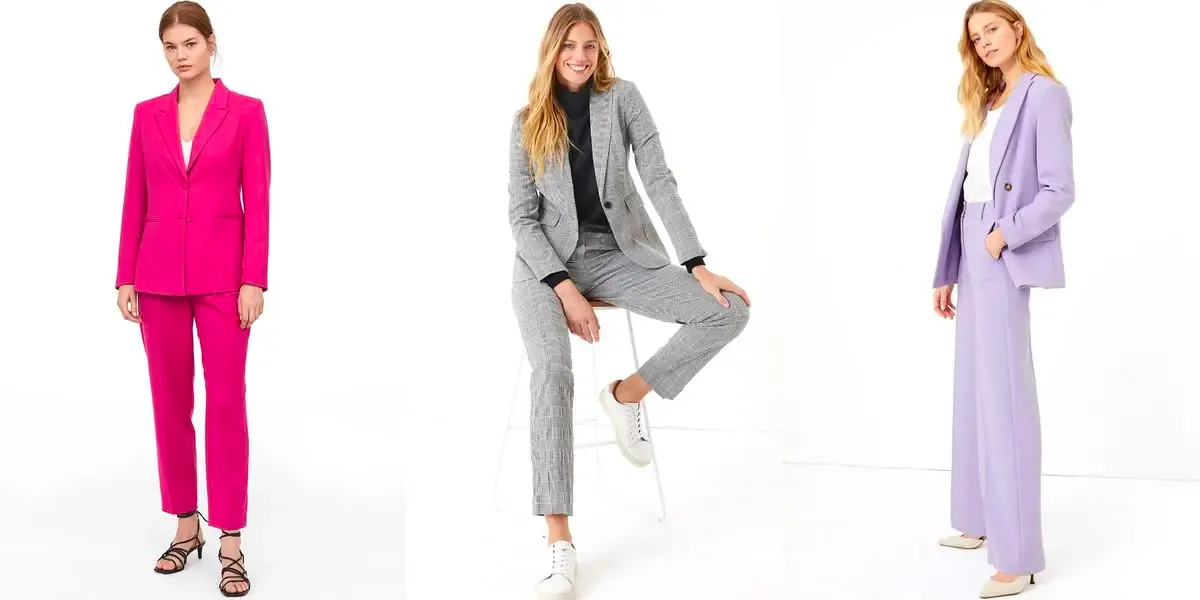
Suit up Baby
As the fashion industry continues to evolve and become more inclusive, one classic trend that has been making a comeback is the suit for women. This timeless and sophisticated piece has been reinvented and reimagined to suit the modern woman's taste and style. As we move into 2025, the suit for women is set to become even more popular, with new and exciting fashion choices to explore.
One of the most significant changes in women's suits is the evolution of color and pattern choices. In the past, suits for women were typically only available in traditional colors such as black, navy, and gray. However, today, we see a more extensive range of colors and prints used in women's suit designs. Pastels, bright hues, and bold patterns are all popular choices, allowing women to express their individuality while still maintaining a professional and sophisticated look.

In terms of style, the classic tailored suit remains a popular choice. However, we are seeing a rise in looser, more relaxed-fitting suits, such as the oversized blazer and wide-leg trousers. These styles are not only comfortable but also versatile, making them perfect for work, casual events, and evening occasions.
Fabric choices have also evolved, with more innovative materials being used in women's suit designs. Sustainable fabrics, such as recycled polyester and organic cotton, are becoming more popular. These materials not only support environmentally conscious practices in the fashion industry but also provide a unique and contemporary look to the suit.
Accessories play a crucial role in completing the perfect women's suit look in 2025. Classic ties and pocket squares are still popular, but we are also seeing an increased interest in bow ties, statement belts, and unique brooches. These accessories can add a touch of personality and individuality to a suit, creating a look that is both sophisticated and stylish.

Women's suits have come a long way since their introduction, and the fashion choices for 2025 are more diverse and creative than ever. From a broader color and pattern palette to innovative fabric choices and unique accessories, women can create a distinctive and personalized look. Whether you prefer a classic tailored suit or a more relaxed-fitting design, accessorizing is key to creating a unique and stylish ensemble.
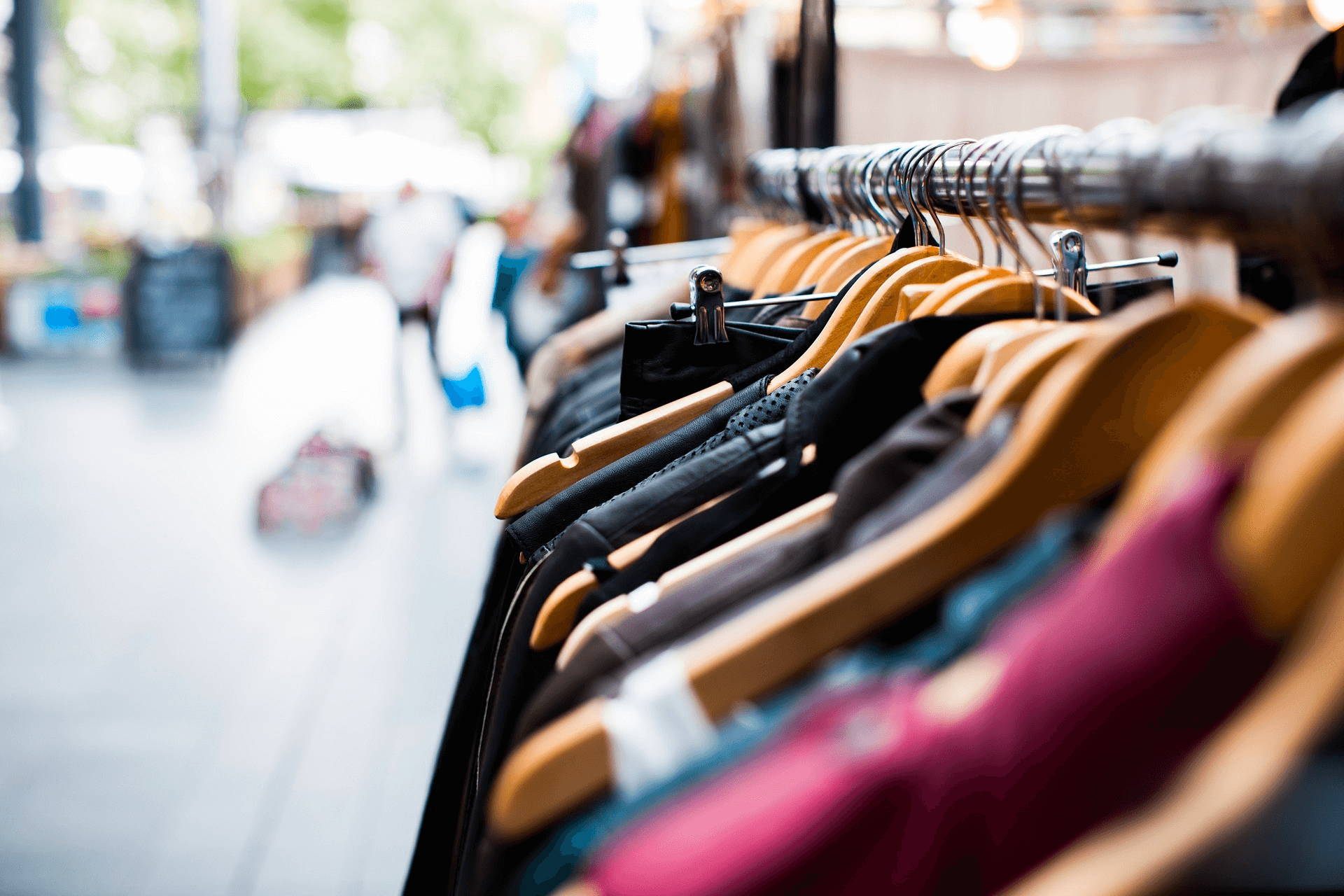
Convert to an On-demand production model
The retail industry has been undergoing significant changes over the past few years, with the rise of e-commerce and the increasing demand for convenience and personalization. The on-demand retail model is one of the latest innovations in this space, and it is quickly becoming a game-changer for fashion retailers.
The on-demand retail model is based on the idea of fulfilling customer orders quickly and efficiently, using technology and data-driven insights to anticipate demand and optimize inventory levels. This approach can provide customers with greater convenience and choice, while helping retailers reduce costs and improve profitability.
One of the key benefits of the on-demand retail model is that it enables retailers to offer a wider range of products without having to carry large inventories. This means that retailers can quickly respond to changes in customer demand, and adjust their offerings accordingly. This is particularly important in the fashion industry, where trends can change rapidly, and customers are always looking for the latest styles.
Another advantage of the on-demand retail model is that it allows retailers to offer personalized experiences to their customers. By leveraging data analytics and artificial intelligence, retailers can better understand their customers' preferences and tailor their offerings to meet their individual needs. This can help to improve customer satisfaction and loyalty, and ultimately drive sales and revenue growth.
Of course, implementing an on-demand retail model is not without its challenges. Retailers need to have the right technology infrastructure and supply chain processes in place to ensure that they can fulfill orders quickly and efficiently. They also need to have a deep understanding of their customers and their needs, in order to offer the right products at the right time.
Despite these challenges, the on-demand retail model is gaining momentum in the fashion industry, and it is likely to become a standard practice in the years to come. Fashion retailers that can successfully implement this model will be well-positioned to meet the evolving needs of their customers, and drive growth and profitability in a rapidly changing market.
Others
Trending Resources
Want to stay updated with new resources?
Subscribe to our newsletter with one step.
